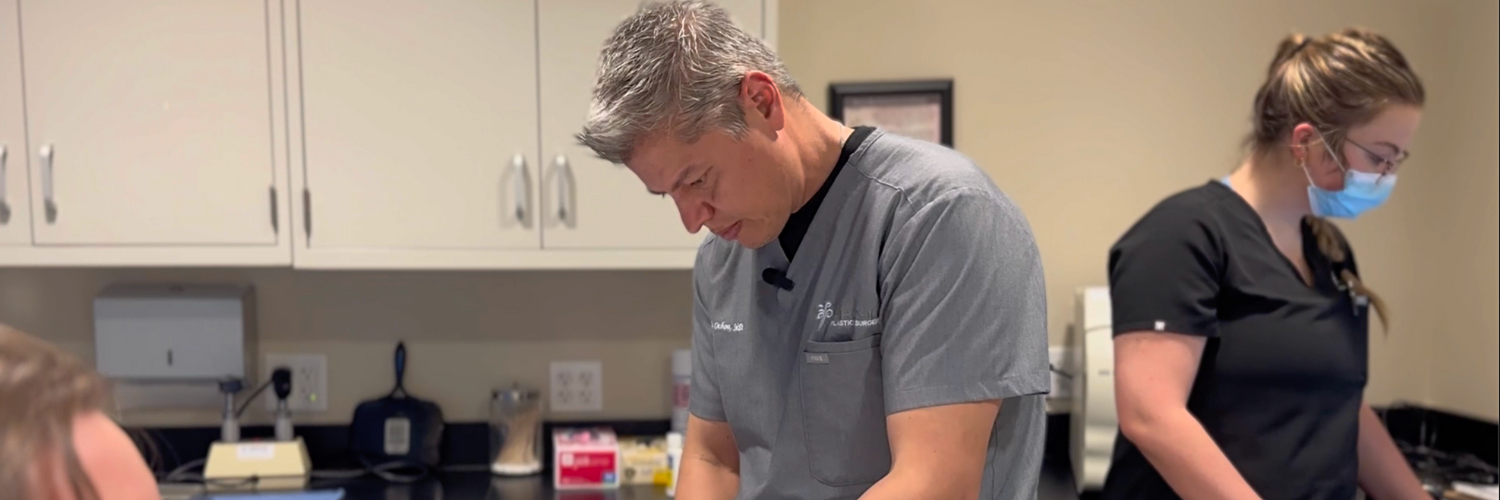
- 0 Comments
- PRMA Plastic Surgery
PRMA is at the forefront of lymphedema treatment surgery. Surgery planning starts with a diagnostic consultation with one of our board-certified plastic surgeons. During this appointment, a dye is injected into the lymphatic system so the doctor can identify any areas of blockage.
What Are the Steps?
The first step is to numb the four injection sites using topical Aspercreme. The injection sites are located between the knuckles (one between the pointer and middle finger, and one between the ring and pinky finger) and the underside of the wrist (one toward the inside and one toward the outside of the wrist). This should sit for about five minutes.
Next, your surgeon takes a small needle and injects a very small amount of dye. The patient may feel a small burning sensation, similar to a bee sting, during the injection of the dye. The patient will then lift their arm straight up and pump their fist to help the dye travel up the arm.
Your medical team will then turn off the lights and use the camera to view the injection sites to see how the dye is traveling through the channels in real-time.
For a functioning channel, the doctor should see a linear pattern that travels all the way up the arm. This is a channel that your doctor does not want to target for an LVA, as it is functioning.
For a target channel, your surgeon would see a channel that begins to travel up the arm in a linear pattern, but then shows a diffuse pattern where the dye has spilled out into the tissue. This diffuse pattern indicates lymphedema. The doctor would target the linear line before the diffuse pattern and redirect it into a blood vessel to give the fluid another way to drain from the arm.
When the lymphedema has progressed to a more advanced stage, your doctor sometimes sees no uptake of the dye into the channels in the arm. This does not give us a target channel to use for the LVA.
Your doctor will then draw a template of the channels on a piece of paper so they can reference it before surgery.
They will perform this exact same study in the OR while the patient is under anesthesia so they know exactly where to make the incisions.
What Are My Surgical Options for Lymphedema?
At PRMA we offer the complete spectrum of upper extremity lymphedema treatment. Microsurgery is part of our daily practice and we are proud to offer our patients state-of-the-art reconstructive procedures including vascularized lymph node transfer and lymphovenous anastomosis.
Vascularized lymph node transfer involves replacing lymph nodes that were damaged or removed by previous breast cancer treatment with healthy lymph nodes from another part of the body. This can help restore the lymphatic drainage of the arm and can improve arm lymphedema.
Lymphovenous Anastomosis is one of the newest methods used to treat lymphedema and requires specialized training. The surgery is used for certain patients that have lymphedema related to breast cancer treatment.
To learn more or schedule a consultation, please feel free to complete our virtual consultation form.
Leave Comment
Sign Up for Our Monthly Newsletter
Continue Reading

Will This Simple Coding Change Kill Access to DIEP Flap Breast Reconstruction?
Will This Simple Coding Change Kill Access to DIEP Flap Breast Reconstruction? January 25, 2023 Share on Facebook Twitter Linkedin Changes in medical coding by the Centers for Medicare and Medicaid Services (CMS) will severely limit the breast reconstruction options women have available through insurance, potentially making procedures like the DIEP flap a choice only […]
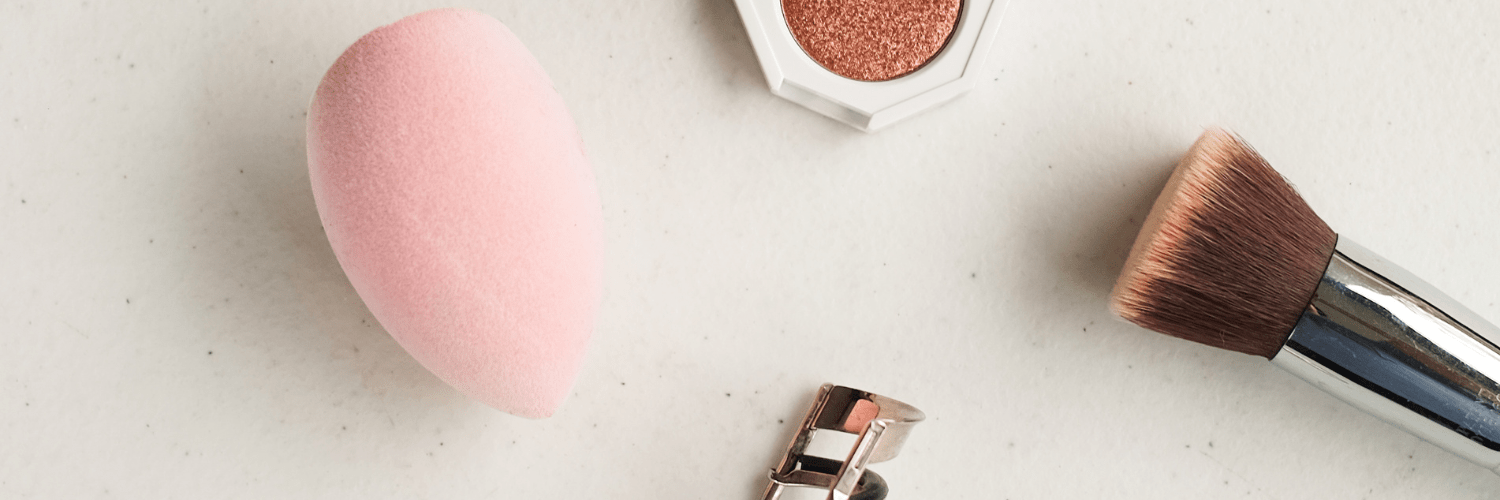
5 Tips Beauty-Lover’s Should Know Before Breast Reconstruction Surgery
5 Tips Beauty-Lover’s Should Know Before Breast Reconstruction Surgery January 18, 2023 Share on Facebook Twitter Linkedin Planning ahead is important when preparing for your breast reconstruction surgery, especially when it comes to work and personal life. From requesting time off from work, prepping meals, and preparing your home for a comfortable recovery – there […]
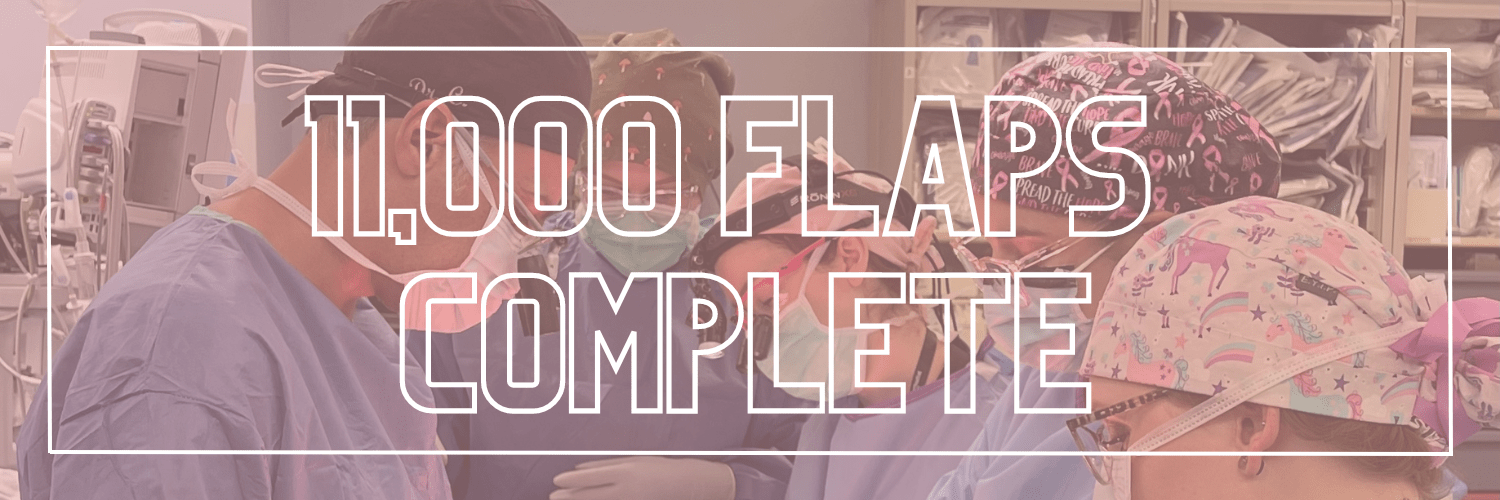
PRMA Performs Record Breaking 11,000th Flap-Based Breast Reconstruction Procedure to End the Year
PRMA Performs Record Breaking 11,000th Flap-Based Breast Reconstruction Procedure to End the Year January 04, 2023 Share on Facebook Twitter Linkedin PRMA reached a new milestone at the end of December 2022 – we officially completed our 11,000th flap-based breast reconstruction procedure. This accomplishment distinguishes PRMA as one of the busiest breast centers in the […]

Using Barre Workouts for Health and Healing through Breast Reconstruction
Using Barre Workouts for Health and Healing through Breast Reconstruction December 14, 2022 Share on Facebook Twitter Linkedin The day I was diagnosed with breast cancer, I met with my GP and he recommended that I have a double mastectomy and immediate DIEP flap reconstruction. At that point, I had the option of a lumpectomy […]

The Ultimate Breast Reconstruction Gift Giving Guide
The Ultimate Breast Reconstruction Gift Giving Guide December 09, 2022 Share on Facebook Twitter Linkedin Christmas is a magical and joyful time of year that goes by too fast. However, for those who have to spend Christmas preparing and recovering for surgery, the holidays may seem endless. There are many creative Christmas gifts for patients […]
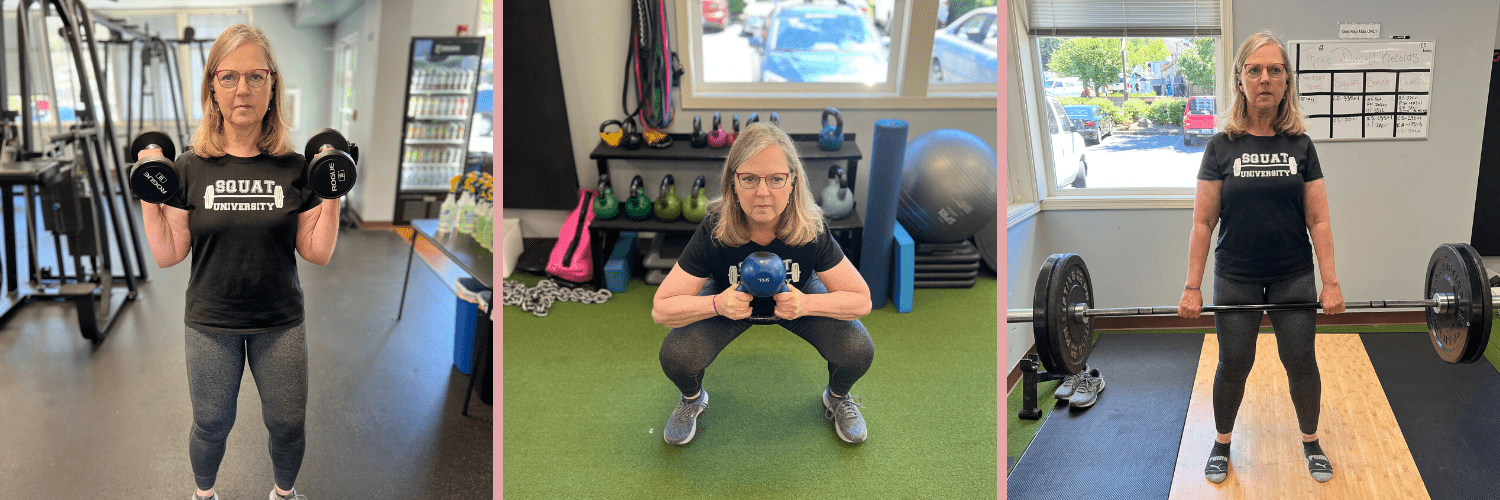
Guest Post: Strength Training After Breast Reconstruction
Strength Training After Breast Reconstruction December 05, 2022 Share on Facebook Twitter Linkedin Is exercise after breast reconstruction possible? Yes, it is even A.W.I.N! How about strength training? Absolutely and yes, A.W.I.N.! My A.W.I.N. acronym is meant to inspire you, motivate you, and share with you my tips on the value of exercise and how […]

How to Lose Weight Before Your Breast Reconstruction Surgery
How to Lose Weight Before Your Breast Reconstruction Surgery December 05, 2022 Share on Facebook Twitter Linkedin Prior to surgery, PRMA recommends that patients have a BMI below 40, and preferably below 35. This is because patients who have a BMI over 40 have a higher risk of complications, particularly wound healing problems. While DIEP […]

Defining “Swelly Belly” and What to Expect
Defining “Swelly Belly” and What to Expect November 15, 2022 Share on Facebook Twitter Linkedin During the post-surgery recovery period after DIEP flap breast reconstruction surgery, a common question we get asked is “why do I look and feel so bloated?” The truth of the matter is swelling, mild discomfort, and distention are common. Your […]

Traveling For Breast Reconstruction May Not Be As Hard As You Think
Traveling For Breast Reconstruction May Not Be As Hard As You Think October 25, 2022 Share on Facebook Twitter Linkedin Traveling long distances for surgery continues to be a significant worry for breast reconstruction patients… but it doesn’t have to be. Many people must travel to another state or country to find experienced surgeons skilled […]

The Complete Guide to Wearing Compression Garments After Surgery
The Complete Guide to Wearing Compression Garments After Surgery October 12, 2022 Share on Facebook Twitter Linkedin After breast reconstruction surgery, there are several steps to take through your recovery process to ensure you get your desired results. Wearing compression garments is a crucial step in your recovery. During your consultation, your healthcare team will […]


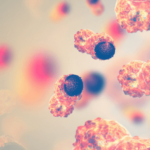
No Comments